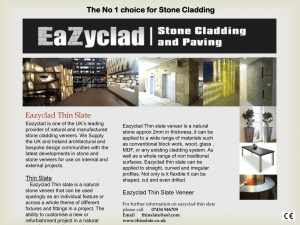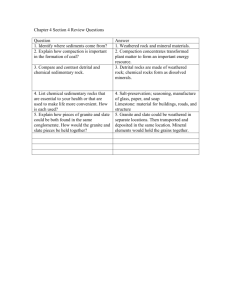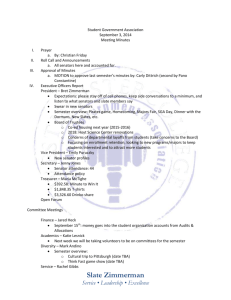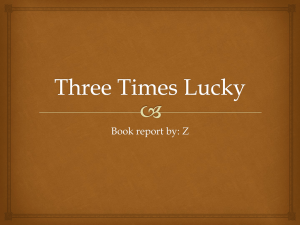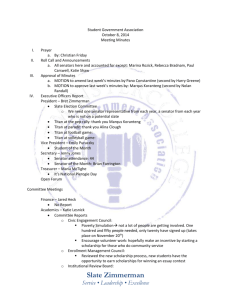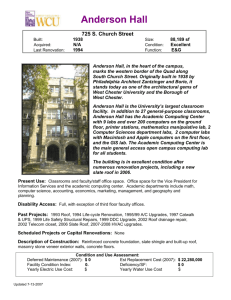The characteristics of a top quality natural roofing
advertisement
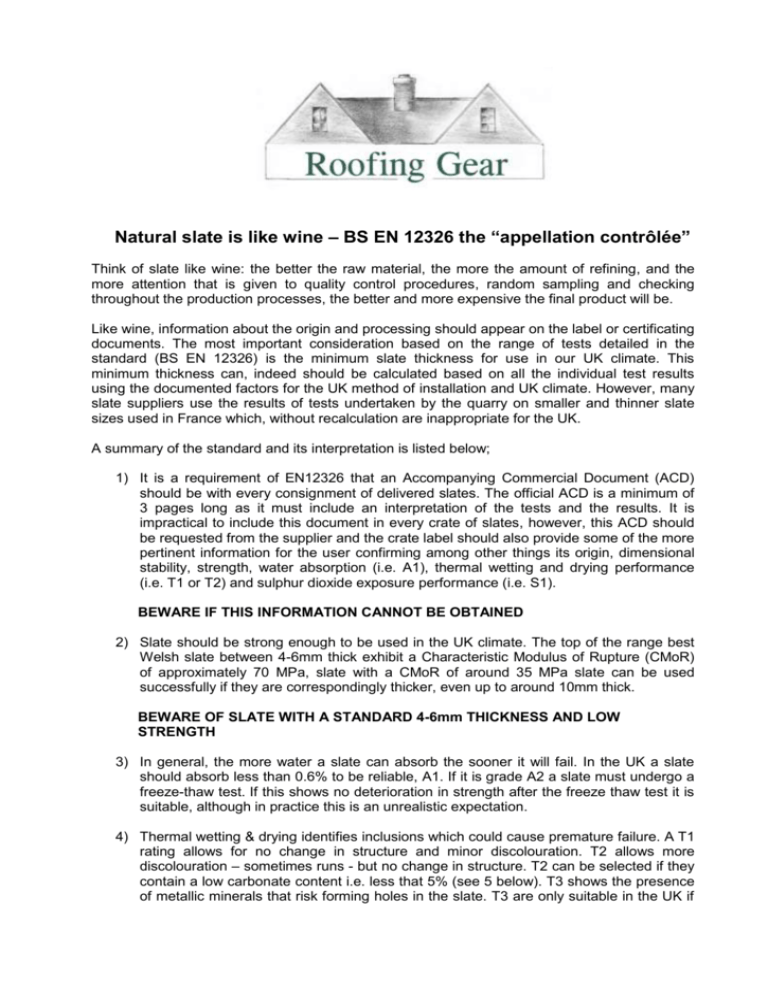
Natural slate is like wine – BS EN 12326 the “appellation contrôlée” Think of slate like wine: the better the raw material, the more the amount of refining, and the more attention that is given to quality control procedures, random sampling and checking throughout the production processes, the better and more expensive the final product will be. Like wine, information about the origin and processing should appear on the label or certificating documents. The most important consideration based on the range of tests detailed in the standard (BS EN 12326) is the minimum slate thickness for use in our UK climate. This minimum thickness can, indeed should be calculated based on all the individual test results using the documented factors for the UK method of installation and UK climate. However, many slate suppliers use the results of tests undertaken by the quarry on smaller and thinner slate sizes used in France which, without recalculation are inappropriate for the UK. A summary of the standard and its interpretation is listed below; 1) It is a requirement of EN12326 that an Accompanying Commercial Document (ACD) should be with every consignment of delivered slates. The official ACD is a minimum of 3 pages long as it must include an interpretation of the tests and the results. It is impractical to include this document in every crate of slates, however, this ACD should be requested from the supplier and the crate label should also provide some of the more pertinent information for the user confirming among other things its origin, dimensional stability, strength, water absorption (i.e. A1), thermal wetting and drying performance (i.e. T1 or T2) and sulphur dioxide exposure performance (i.e. S1). BEWARE IF THIS INFORMATION CANNOT BE OBTAINED 2) Slate should be strong enough to be used in the UK climate. The top of the range best Welsh slate between 4-6mm thick exhibit a Characteristic Modulus of Rupture (CMoR) of approximately 70 MPa, slate with a CMoR of around 35 MPa slate can be used successfully if they are correspondingly thicker, even up to around 10mm thick. BEWARE OF SLATE WITH A STANDARD 4-6mm THICKNESS AND LOW STRENGTH 3) In general, the more water a slate can absorb the sooner it will fail. In the UK a slate should absorb less than 0.6% to be reliable, A1. If it is grade A2 a slate must undergo a freeze-thaw test. If this shows no deterioration in strength after the freeze thaw test it is suitable, although in practice this is an unrealistic expectation. 4) Thermal wetting & drying identifies inclusions which could cause premature failure. A T1 rating allows for no change in structure and minor discolouration. T2 allows more discolouration – sometimes runs - but no change in structure. T2 can be selected if they contain a low carbonate content i.e. less that 5% (see 5 below). T3 shows the presence of metallic minerals that risk forming holes in the slate. T3 are only suitable in the UK if used with a weatherproof membrane and should only be considered as a decorative cladding with no long term weathering performance. 5) The higher the carbonate content the thicker the slate should be. In addition the higher the carbonate the more likely the discolouration. The standard recognises 3 levels of magnitude. Less than 5%, 5-20% and more than 20%. Slates in the greater than 20% category are best avoided in our climate. 6) Slate with a carbonate content less than 20%, see 5 above, is categorised S1, S2 and S3. These categorisations help in determining the minimum thickness the slate should be when combined with the carbonate content, see 5 above and the strength, see 1 above. S1 slate is not affected by strong exposure to sulphur dioxide and is acceptable in all conditions. S2 exhibits a surface softening in the top 0.7mm of the slate and should therefore be thicker in proportion to the depth of softening. S3 is affected by weak exposure and should be a minimum of 8mm thick upwardly adjusted according to strength and the depth of softening. Some of the best slates from Westmorland are an S2 classification but have a long proven record of performance in the UK. BEWARE IF YOU DO NOT HAVE THE INFORMATION TO DECIDE WHAT THE APPROPRIATE THICKNESS IS FOR THE SLATE YOU ARE CONSIDERING. Misleadingly, many slate suppliers will use exactly the same ACD and test results for the various grades of slate they supply from one quarry source, be they First grade, Mixed, Standards or even Thirds. If this is the case, then why not use the lowest and cheapest grade of slate as you should rightly expect exactly the same performance? It should be obvious to most users that there are many reasons why a slate is categorised as a particular grade by the quarry, some of which are performance related (a Standard grade may be S2 rather than S1) and some are dimensionally related (more twisted, more variance in thickness, more variance in squareness etc.). It is well worth paying for a top quality A1, T1, S1 tested slate with a strong characteristic modulus of rupture and supplied to the correct minimum thickness for the UK. You then know that you will have the right product. Of course, there are other, more subjective criteria, that make a slate ‘good’ to use, such as its ‘workability’ and ease of installation e.g. flatness or consistency. None of these are covered by the Standard but are nonetheless important considerations for the user. If you are buying a less expensive lower grade product ensure that it is the appropriate thickness and be prepared for additional time and expense spent sorting, grading and fixing. Like wine you should look for value for money. If you buy a cheaper product you could end up with a hangover the morning after!
